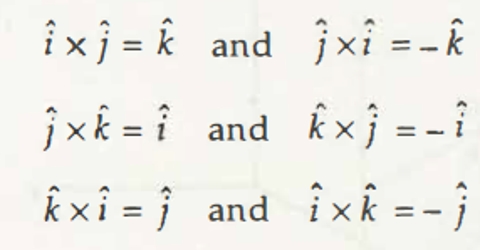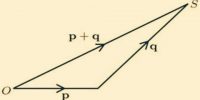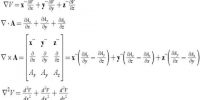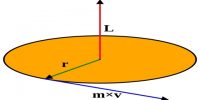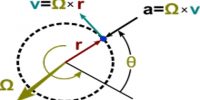Cross product of unit vectors
Let î, ĵ and ƙ be the unit vectors along the three co-ordinate axes X, Y and Z respectively which are perpendicular to each other [Figure].
Now, the cross or vector product of
(i) î x î = η |î| |î| Sin 00 [the two unit vectors are acting along the same axis and α = 0]
= η x 1 x 1 x 0 = 0
Similarly, ĵ x ĵ = 0 and ƙ x ƙ = 0
so, î x î = ĵ x ĵ = ƙ x ƙ = 0
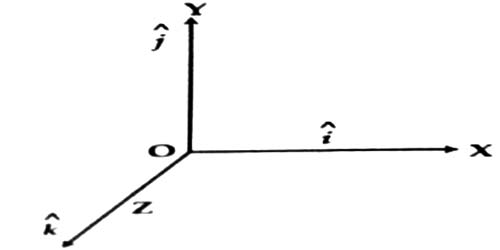
(ii) î x ĵ = η |î| |ĵ| Sin 900 [the two axis are perpendicular to each other and α = 900]
= η x 1 x 1 x 1 = η
Now, according to definition η is normal to both î and ĵ; i.e., η is along positive Z-axis.
So, here η and ƙ are identical.
Then, î x ĵ = ƙ
Similarly, ĵ x ƙ = î and ƙ x î = ĵ
so, î x ĵ = ƙ; ĵ x ƙ = î; ƙ x î = ĵ
Again,
ĵ x î = – (î x ĵ) = – ƙ
ƙ x ĵ = – (ĵ x ƙ) = – î
î x ƙ = – (ƙ x î) = – ĵ
Mathematical Example:
If A→ = î + ĵ + ƙ and B→ = 3î + 3ĵ + 3ƙ, show that they are parallel to each other.
We know if A→ x B→ = 0, then the vectors A→ and B→ are parallel to each other.
Now, A→ x B→ = η AB sin α
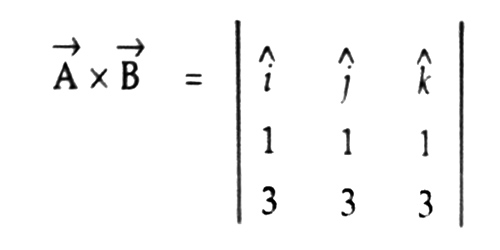
= (3 – 3) î + (3 – 3) ĵ + (3 – 3) ƙ
= 0
so, A→ x B→ = η AB sin α = 0
But, A ≠ 0 and B ≠ 0
Hence, Sin α = 0 = Sin 00
so, α = 0
Now we say that, A→ and B→ are parallel each other.
